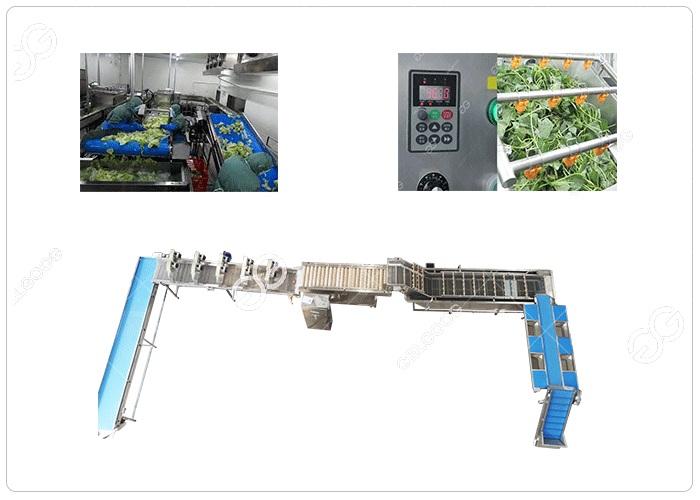The fruit and vegetable processing industry is a vital sector of the food industry that involves converting fresh fruits and vegetables into value-added products such as juices, jams, sauces, frozen foods, and canned goods. The processing of fruits and vegetables helps to increase their shelf life, making them available year-round and reducing food waste. In this blog, we will discuss the fruit and vegetable processing industry, including its importance, benefits, and processes.
Importance of the Fruit and Vegetable Processing Industry
The fruit and vegetable processing industry plays a crucial role in the food supply chain by converting raw produce into products that are safe, nutritious, and convenient for consumers. The processing of fruits and vegetables helps to meet the demand for these products even when they are out of season. Additionally, it offers an opportunity for farmers to sell their produce at a higher value than they would get from selling fresh produce.
Benefits of the Fruit and Vegetable Processing Industry
The fruit and vegetable processing industry offers many benefits, including:
Increased Shelf Life: The processing of fruits and vegetables helps to extend their shelf life, allowing for long-term storage and distribution. This helps to reduce food waste and makes these products available year-round.
Nutritional Value: The processing of fruits and vegetables can help to retain their nutritional value, ensuring that consumers get the necessary vitamins and minerals from these products.
Convenience: Processed fruits and vegetables are convenient for consumers to use in their daily lives. They can be easily incorporated into meals and snacks, making it easier to consume the recommended daily intake of fruits and vegetables.
Food Safety: The processing of fruits and vegetables helps to ensure that they are safe for consumption. The use of pasteurization, canning, and other preservation methods helps to eliminate harmful bacteria and pathogens.
Processes in the Fruit and Vegetable Processing Industry
The fruit and vegetable processing industry involves several processes, including:
Harvesting: The first step in the fruit and vegetable processing industry is harvesting the raw produce. This can be done by hand or using machines, depending on the type of produce.
Sorting and Grading: The harvested produce is then sorted and graded based on quality, size, and ripeness. This helps to ensure that only high-quality produce is used for processing.
Cleaning and Washing: The produce is then cleaned and washed to remove dirt, debris, and other contaminants.

Preparation: The produce is prepared for processing by peeling, slicing, chopping, or grinding. This step depends on the type of product being made.
Preservation: The preservation method depends on the product being made. This can include pasteurization, canning, freezing, or drying.
Packaging: The final step in the fruit and vegetable processing industry is packaging the finished product. The packaging material depends on the product being made and can include cans, glass jars, plastic containers, or pouches.
Conclusion
In conclusion, the fruit and vegetable processing industry plays a critical role in the food supply chain by converting raw produce into value-added products that are safe, nutritious, and convenient for consumers. It offers many benefits, including increased shelf life, nutritional value, convenience, and food safety. The processes involved in the fruit and vegetable processing industry include harvesting, sorting and grading, cleaning and washing, preparation, preservation, and packaging. With the right approach, the fruit and vegetable processing industry can be a profitable and successful business venture.
